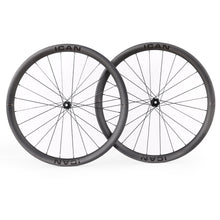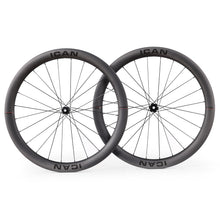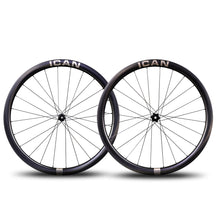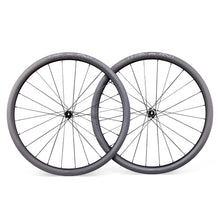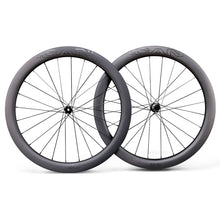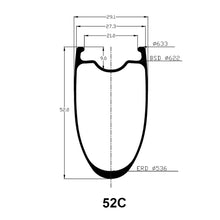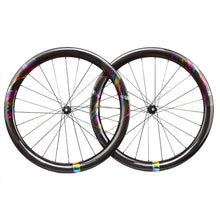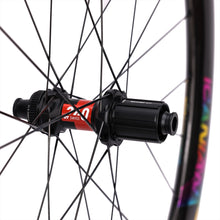News
The Beginners Guide to Road Bike Geometry
When you read bike reviews you’ll see phrases such as “racy geometry” or “endurance geometry,” and you get the idea that geometry changes how your bike feels. The problem is when you look at a manufacturers geometry chart it just looks like a lot of lines, numbers, and letters thrown at a page. We’re going to change that for you by breaking down bike geometry.
The frame geometry chart
The chart above looks confusing but by the end you’ll understand it all.
How steering feels
Magazines will talk a lot about steering. You’ll want a bike with a certain feel, some people like slow steering and some want fast so by knowing which you prefer you’ll be off to a flying start.
To know how your bike will steer you’ll need to know
- Head tube angle
- Fork rake (or offset)
- Fork trail
Headtube angle

To make it easy we’ve taken the above A8 geometry chart and highlighted the head tube angle and then the corresponding box.
Your head tube angle is the angle at which your head tube lines up with the ground. The way most people will refer to this angle is whether it is steep or slack. Steep is what you’ll find on race bikes, and slack is what you’ll be more likely to see on a tourer/adventure bike.
The reason for this is that a steep angle is more responsive at fast speeds, you’ll turn as soon as you’ve thought about it. If you go steep on a fully loaded tourer, this responsiveness may be too much for the bike and lead to a crash. Slack will give you a slower turn, and this is more appreciated when you're loaded up. Think of it as the difference between how a speed boat turns and how an oil tanker turns.
A steeper head angle has faster steering, it is steeper. Less effort required to steer it.
A slacker head angle has slower steering. More effort required to steer it.
Fork rake (also known as offset)

Fork rake or fork offset is one of the most critical measurements in determining how your bike will ride. To understand fork rake imagine a line coming from the center of your headtube directly to the ground. The distance your fork is offset from this line is fork rake.
Increasing the fork rake makes steering faster.
Decreasing the fork rake makes steering slower.
Now to confuse you touring bikes a larger fork rake than racing bikes. At the minute this may sound counterintuitive but we need to introduce fork trail and it’ll all make sense.
Fork trail
Fork trail is a combination of fork rake and your head tube angle. The simple way to think of it is as the tire contact patch behind the steering axis.
A lower fork trail figure means faster steering.
A higher fork trail number means slower steering.
The slack head angle of a touring bike and it’s larger fork rake work together to give a higher fork trail number. The reverse is true for a racing bike. Faster steering is what you want at high speeds as you require less user input to get around corners and hazards, less thinking more safety.
How handling feels
Chainstay length
Now we have looked at the front it is worth looking at the back of your road bike.

Chainstay length is measured horizontally from the rear dropout to the bottom bracket. A longer chainstay will make your bike feel more stable at speed and feel slower going around corners. A shorter chainstay length will make your bike feel like it reacts to every input straightaway. Chainstay length is an important measurement as it affects your wheelbase.
Wheelbase

Your wheelbase is the distance between the front and rear axles. As your chainstay length partly dictates it, it follows the same rules as your chainstays. Your wheelbase is also impacted by frame reach, fork rake, head tube angle and frame reach.
Touring and endurance style bikes will have longer wheelbases. Race bikes will have shorter wheelbases.
Bottom bracket drop

Bottom bracket drop is the vertical distance between the bottom bracket and the line we drew for your bike’s wheelbase, the line between both axles. The lower the bottom bracket drop, the better your bike handles as your center of gravity is lower. Too low though and your pedals will hit things at the bottom of your pedal stroke and make cornering an interesting proposition.
Seat tube angle

Your seat tube angle is measured as the angle with which your seat tube would hit the ground. There is less difference between seat tube angles than there are with head tube angles. It is worth noting that you can virtually change the angle by moving your saddle backward or forwards.
Stack and reach

Stack and reach is an excellent tool for telling you if a bike will fit. Most of our other dimensions will show you how a bike will ride. These are the ones you want to know to compare various models frame sizes easily. The method used for measuring stack and reach has created a standard for measuring bikes that allow easy comparisons to be made between brands and models of bike.
In our image above stack is in yellow and reach is in red. Stack is how tall your bike is. It is measured vertically from the center of the bottom bracket to the top of the head tube. Reach is measured from the center of the bottom bracket to the center of the top of the headtube.
Given that for some brands there can be a 2 cm difference between a stated size and its actual size due to variations in how frames were measured the standardization of stack and reach makes finding a bike or frame a lot easier.
These are the basics of road bike frame geometry and should now help you to purchase any frame or bike and do so knowing how it’ll fit and ride. If you have any questions about any of our models, please feel free to email us.
4 comments
-
Posted on by
-
Posted on by
-
Posted on by
-
Posted on by
